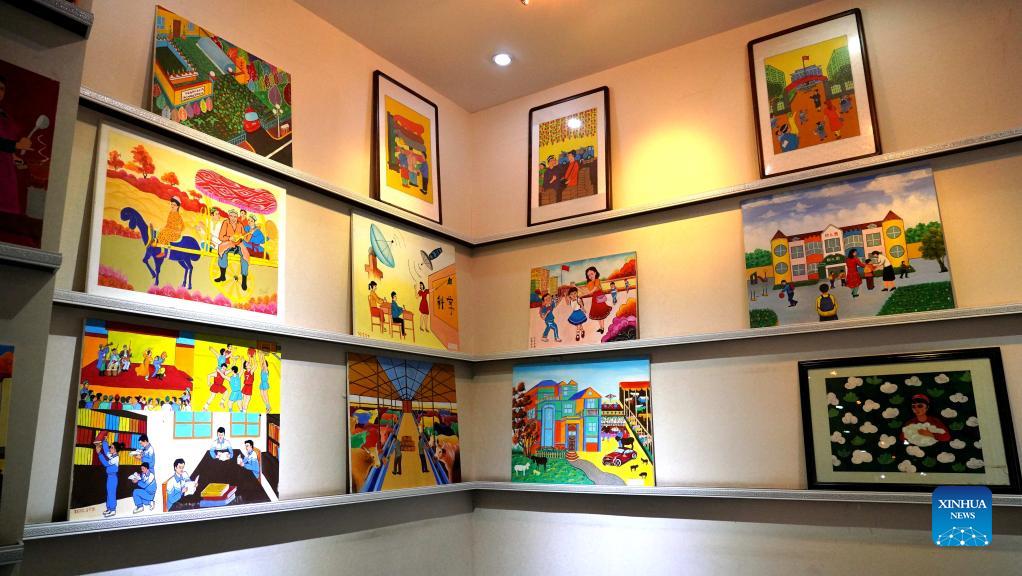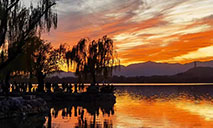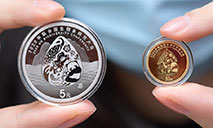Xinjiang farmer-painters popularize ancient culture through canvas
Photo taken on Sept. 27, 2021 shows paintings created by farmers in Kumkusar Township of Makit County, northwest China's Xinjiang Uygur Autonomous Region. (Xinhua/Zhang Xiaocheng)
URUMQI, Oct. 14 (Xinhua) -- Rehman Hapiz, a 76-year-old farmer-painter, has never been to Paris, a place more than 10,000 km from his hometown, but his creation has.
His painting "Harvest Festival" portraying a harvest scene in northwest China's Xinjiang Uygur Autonomous Region was exhibited in Paris in 1987. The artwork depicts an old man singing while playing a musical instrument as young men and women, surrounded by bumper harvest, dance happily.
Rehman Hapiz, hailing from Kumkusar Township in Makit County, said that the vivid and colorful piece of artwork is his favorite.
The county is home to Daolang (swordsman) culture and the paintings created by the farmers are one of its highlights.
"I've been painting for 55 years. I record my life through my artworks, as it can give me a sense of accomplishment," he said. "Almost everyone here can draw. It's our tradition."
Kumkusar Township is located on the edge of the Taklimakan Desert. In the early days, the place was marred by poor transportation, restricting the life of the people there. The locals used to draw on the ground or on the walls using charcoal, chronicling their life and pursuits through unique Daolang-style paintings, said Xu Jiawei, head of Kumkusar cultural station.
Daolang means "gathering" in the local dialect, as residents in Kumkusar often gathered to go hunting or catch fish in the past.
"The themes of the Daolang paintings are close to the daily life of farmers, integrating their imagination and creativity, making the artworks widely popular all over the world," Xu said.
More than 2,800 Daolang paintings have been exhibited at home and abroad in recent years and over 1,000 works have been collected by world-famous exhibition halls. Currently, Kumkusar has more than 300 well-known farmer-painters and another 800 amateurs.
Zhang Jun, Party secretary of Kumkusar, said that the price of a Daolang painting can hit 1,000 yuan (about 155 U.S. dollars), and the most expensive one was auctioned for 18,000 yuan.
"Farming in peak season and painting in off-season is a common sight in Kumkusar," said Zhang, adding that Daolang paintings have gradually become an important cultural carrier for the locals.
"To facilitate better protection and inheritance of the culture, we organize free training sessions every year for farmers as well as children," he said.
Relying on the Daolang culture, Kumkusar has been promoting the development of the tourism industry. The town has launched nearly 10 creative products such as postcards, scarves and refrigerator stickers.
"I earned more than 40,000 yuan this year by selling Daolang paintings and other products. Works showing natural landscapes and ethnic Xinjiang culture are most popular among tourists," said Rehman Hapiz, who currently teaches more than 300 students.
"Though I am 76, I still want to teach more young people and draw more pictures to make our culture known to all," Rehman Hapiz added.
 |
Photos
Related Stories
Copyright © 2021 People's Daily Online. All Rights Reserved.











